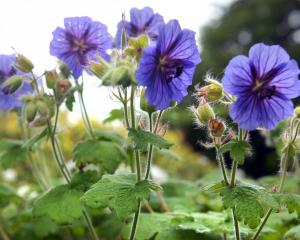
Dotted throughout the native plant collection, they stand out from other natives through architectural forms and fearsome, spiky leaves.
There are about 40 species of speargrass. Widespread throughout New Zealand’s alpine landscapes, most are uncommon in cultivation. They are hard to find commercially, tricky (and somewhat dangerous!) to grow, and rather erratic seed-producers — not only are male and female flowers on different plants, requiring multiple plants to yield seed, but seeding occurs in cycles known as mast years: large crops are produced in some years but not others. This fascinating strategy is shared by other native plants, such as beech trees, flax and snow tussocks. They make up for the cost of lost reproduction opportunities by living for a long time.
In the garden, speargrasses tend not to be so long-lived. They may quietly grow for months or years before eventually succumbing to root rot, insect damage, or the hunger pangs of a passing rabbit.
A few species at Dunedin Botanic Garden have been successful enough to allow collection of seed to grow as trials in a variety of spots, ensuring the lineage continues to be part of the plant collection.
The largest speargrass, common in the hill country of Otago, is Aciphylla scott-thomsonii. A kingly specimen grows next to the main lawn area in the native collection. Its huge, erect inflorescence (flower spike) has slowly emerged from the centre of the dense rosette of needle-sharp spines.
- Garden Life is produced by Dunedin Botanic Garden. For further information contact Kate Caldwell.











